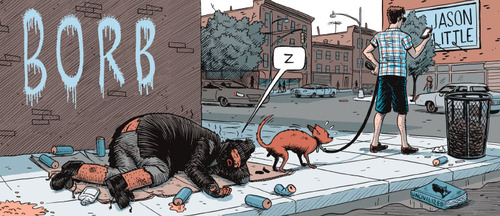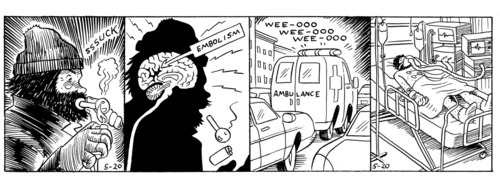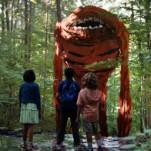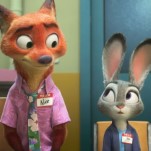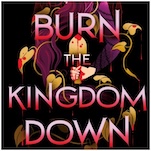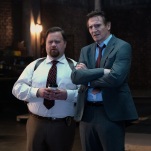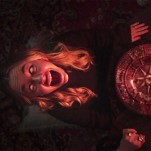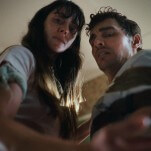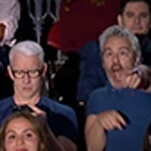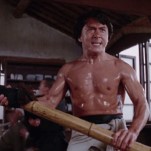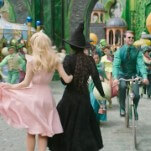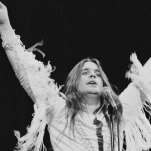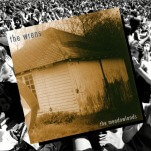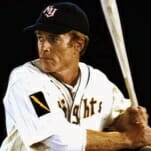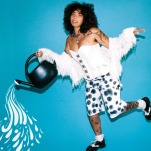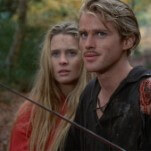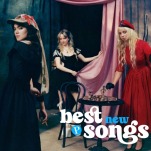“Beauty is an Inevitable Process of It”: An Interview with Jason Little
New styles, artistic restrictions and constant experimentation are all hallmarks in writer and artist Jason Little’s work. Little’s style varies from project to project, from the playing card-influenced art of Jack’s Luck Runs Out to a pair of graphic novels with a young woman named Bee at their center—Shutterbug Follies and Motel Art Improvement Service. The Bee books don’t resemble Jack’s Luck Runs Out, and neither resembles his latest book, Borb, which blends a classic four-panel approach with a bleak story about an alcoholic homeless man.
![]()
Borb is an intentionally jarring read, especially with a style generally used for gags. But at its core, the graphic novel tells a story of a deeply damaged central character. Slowly, the individual pieces fit together into a powerful whole, with events occurring later in the book that cast earlier strips into sharp relief. Paste spoke with Little at his Brooklyn home for a wide-ranging conversation covering everything from Borb’s origin and process to his love of 3D comics.
Paste: In Borb, you’re telling a very particular story about a specific character, but you’re also using a classic four-panel newspaper strip approach to tell it. Did one or the other come first?
Little: They kind of came from separate places. I had an idea knocking around about doing some kind of story with a homeless guy. And I definitely wanted to play with the hobo archetype, as derived from early American strips, juxtaposed with gritty, contemporary horrifying realism. In fact, the early manifestations of it were going to be a hybrid, sort of like Foto Funnies with drawn comics.
The plan was to go into the subway and photograph actual situations, maybe even hire friends to be actors, so that it would be a real place with real situations. And then Borb would be drawn, and would be superimposed on that and would interact with the humans that way. I still would love to do a story like that, but it seemed really cumbersome, and so I got away from it.
Simultaneously, I’ve always wanted to do a daily, and have always loved daily American strips. I heard that Little Orphan Annie was completely canceled, and I thought, “I’ll do some Annie samples, and I’ll try to sell the syndicate on that.” And then I realized that I wouldn’t be doing my own thing, I’d be doing someone else’s thing, and I’m not going to do that. You can see that this hunger for what most cartoonists think is the Holy Grail of comics—getting a daily strip—is compelling to me. A couple of years ago, I realized that my work is too transgressive and too prickly to really go down with any traditional newspaper venue, and so I should just try to let go of that fantasy. Then I realized that I don’t need to work with the newspapers, because there’s the Internet. I can do it for the sake of doing it to make myself happy, and then put it on the web. So that’s what I did. And then I thought, “Oh yeah, the homeless guy idea—I’ll draw that and make it look like an old strip.”
Paste: You were talking earlier about the hobo archetype in early comics. What drew you to that?
Little: I think it’s the result of living in New York for so long. I’ve lived here since ’94, ’95. Growing up in a small town upstate, Binghamton, N.Y., there were a few street people, but there was no panhandling scene. So, coming to New York in the mid-‘90s, being overwhelmed by visible poverty, desperate folks and living with that for decades. I felt, at some point, kind of qualified to talk about it with some authority. Which feels a little presumptuous, but I just decided to go for it.
I thought, something must be done about this situation; someone has to make art about these desperate people. Could I do something like that? I’d done almost nothing that had anything that feels like deliberate social commentary to it. I felt like I wasn’t qualified, but then I decided that I really needed to rise to the occasion. So then I felt that I could combine that with my love for old strips, and it could be a thing.
There was also a guy who was camped out outside of the studio where I rent space, for two years or something like that. And watching him, seeing him every day, informed the character a lot.
-

-

-

-

-

-

-

-

-

-

-

-

-

-

-

-

-

-

-

-

-

-

-

-

-

-

-

-

-

-

-

-

-

-

-

-

-

-

-

-


